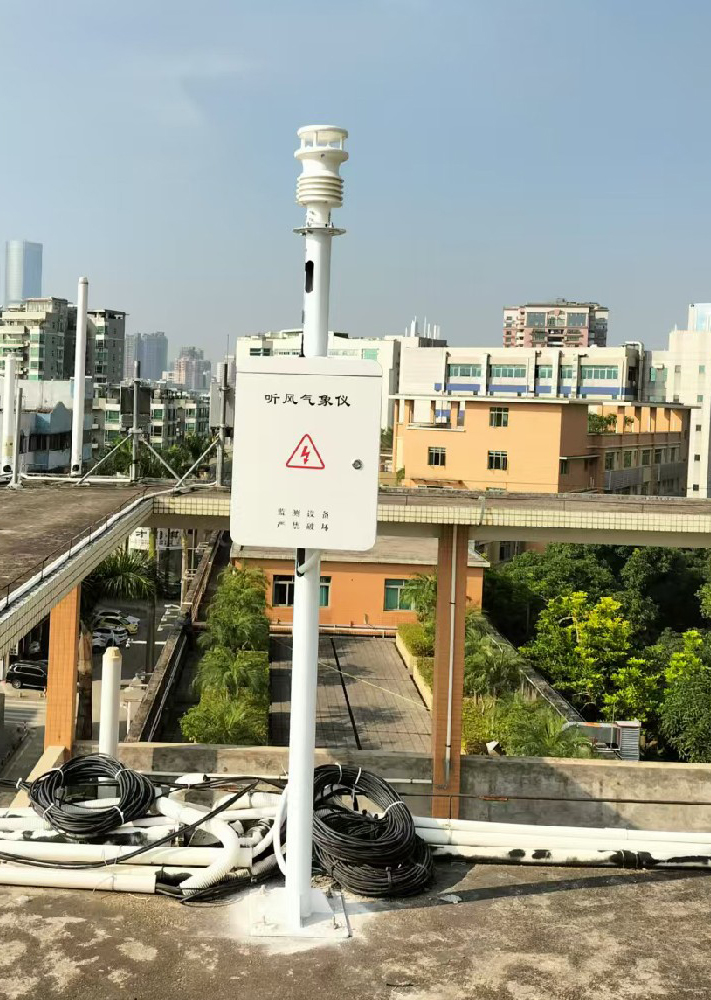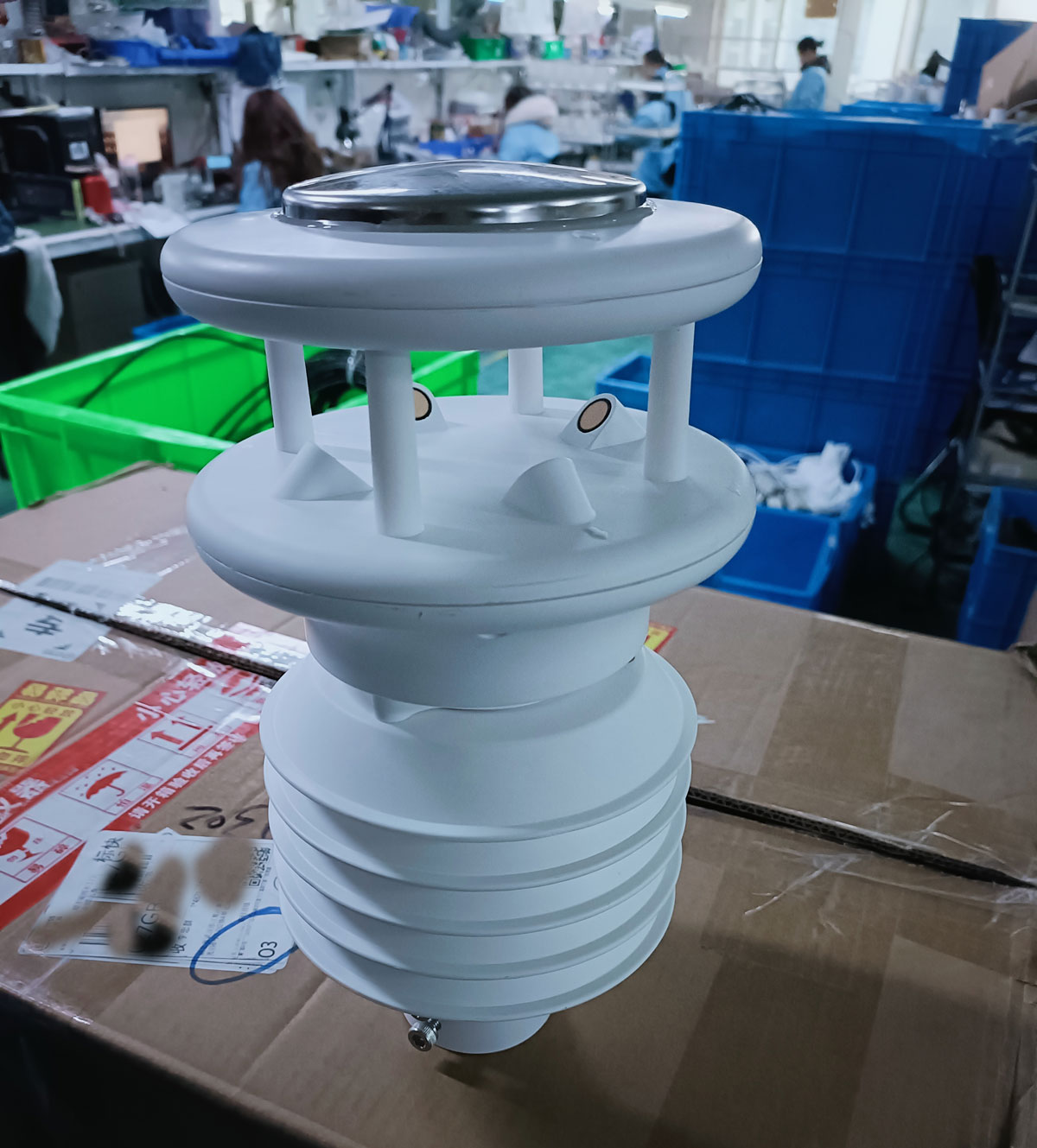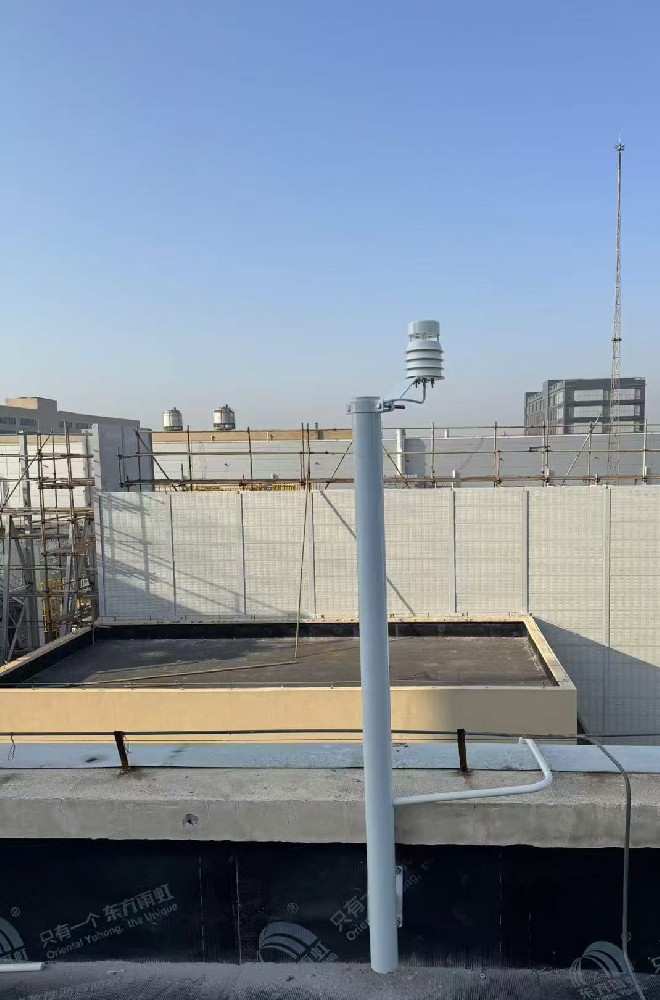

— Blogs —
—Products—
 Consumer hotline +8618073152920
Consumer hotline +8618073152920 WhatsApp:+8615367865107
Address:Room 102, District D, Houhu Industrial Park, Yuelu District, Changsha City, Hunan Province, China
Product knowledge
Time:2025-11-17 10:19:03 Popularity:150
With advancing meteorological technology, ultrasonic integrated weather stations have gained popularity for their compact design, multi-parameter monitoring, and ease of installation and maintenance. Unlike traditional split-type stations, these integrate core elements—wind speed, wind direction, temperature, humidity, rainfall, and atmospheric pressure—into a single unit for efficient, accurate data collection.
Compared to conventional mechanical anemometers, ultrasonic models measure wind speed and direction via ultrasonic time-of-flight differences, eliminating mechanical wear, improving response time and accuracy, and offering superior weather resistance with low maintenance costs. They are essential tools in smart agriculture, forestry fire prevention, urban management, and ecological monitoring.
- Six-Element Ultrasonic Weather Station: Air temperature, relative humidity, wind speed, wind direction, atmospheric pressure, rainfall
- Seven-Element Ultrasonic Weather Station: Air temperature, relative humidity, wind speed, wind direction, atmospheric pressure, rainfall, light intensity/solar radiation
| Element | Six-Element | Seven-Element | Function Description |
| Air Temperature | ✅ | ✅ | Crop growth regulation, basic meteorological analysis |
| Relative Humidity | ✅ | ✅ | Irrigation and greenhouse humidity management |
| Wind Speed | ✅ | ✅ | Wind damage prevention, fire risk monitoring, aerodynamic analysis |
| Wind Direction | ✅ | ✅ | Fire risk, weather forecasting, airflow analysis |
| Atmospheric Pressure | ✅ | ✅ | Weather trend prediction and disaster warning |
| Rainfall | ✅ | ✅ | Farmland irrigation guidance, flood prevention |
| Light Intensity/Solar Radiation | ❌ | ✅ | Management of light-sensitive crops, greenhouse regulation |
The seven-element model adds a light intensity sensor, ideal for greenhouses, controlled environments, and ecological research requiring illumination data.
- Temperature & Humidity Sensor: Monitors air temperature and relative humidity for foundational crop growth and weather analysis data.
- Wind Speed & Direction Sensor: Accurately captures changes for forecasting, fire risk monitoring, and field protection.
- Rainfall Sensor: Records precipitation to guide irrigation and soil conservation decisions.
- Atmospheric Pressure Sensor: Tracks pressure variations for weather trend prediction.
- Light Intensity/Solar Radiation Sensor (Seven-Element Exclusive): Measures sunlight intensity for environmental control in light-sensitive crops and greenhouses.
- Six-Element Weather Station: Approximately 2,000–3,000 RMB
- Seven-Element Weather Station: Approximately 3,000–5,000 RMB
The added light intensity sensor increases costs while enhancing precision and applicability in agriculture and environmental monitoring.
As monitoring demands grow, multi-element weather stations have emerged as advanced automatic systems.
- Broad Monitoring Scope: Covers temperature, humidity, wind speed/direction, pressure, precipitation, light intensity, soil temperature/humidity, and more.
- Easy Installation & High Integration: All-in-one design minimizes wiring and setup complexity.
- Wide Applicability: Agriculture, forestry, environmental protection, urban management, energy development, transportation, etc.
Meteorological Forecasting & Disaster Warning
- Real-time element tracking provides accurate data for meteorological departments.
- Enables timely alerts for heavy rain, typhoons, droughts, reducing natural disaster losses.

- Tracks air quality and pollutant concentrations.
- Supports government and environmental agencies in pollution prevention and optimization.
- Monitors soil moisture, temperature, light, etc., in real time.
- Guides scientific irrigation and fertilization to boost yield and quality.
- Ideal for open-field crops, greenhouses, and high-value crop management.
- Supplies urban weather data for traffic, emergency response, and energy management.
- Aids city planning, smart city development, and public safety.

- Select unobstructed areas for accurate sensor readings.
- Mount wind speed/direction sensors at 10 meters or higher.
- Keep rainfall sensor level to avoid water accumulation affecting precision.
- Standardize power wiring with lightning and moisture protection.
- Regularly clean dust and spider webs.
- Inspect power system and sensor status.
- Troubleshoot data anomalies promptly; contact manufacturer if needed.
- Calibration Cycle: Temperature/humidity, wind speed/direction, rainfall sensors every six months.
- Supports IoT and cloud data transmission.
- Real-time viewing via mobile APP or PC.
- Offers historical analysis, trend prediction, and anomaly alerts.
- Installation Process: Bracket setup → Sensor placement → Data acquisition → Cloud upload → APP/PC viewing

- Data Flow: Sensors → Data logger → Wireless/wired transmission → Cloud platform → User interface

Select seven-element if light monitoring is critical for agriculture or research; otherwise, six-element meets basic needs.
No rotating parts—weather-resistant, low maintenance, fast response, high accuracy.
Varies by sensor count, logger, power, and transmission: 10,000–30,000 RMB.
Yes—via cloud platform or mobile APP for real-time data and alerts.

Field agriculture, greenhouses, ecological monitoring, forestry fire prevention, urban environmental monitoring.
Compact design simplifies setup, but professional or manufacturer-assisted installation is recommended.
Yes—regular cleaning and calibration for long-term accuracy.
Real-time data triggers automatic alerts when thresholds are exceeded.
Yes—links with farm systems for automated irrigation, fertilization, and greenhouse control.
NiuBoL provides installation guidance, warranty service, and technical support.
The NiuBoL Ultrasonic Integrated Weather Station stands out with its compact design, multi-element monitoring, and intelligent data analysis, making it an ideal choice for agriculture, forestry, urban management, and environmental fields. The primary difference between six- and seven-element models lies in light monitoring, with minor pricing variations. Multi-element stations suit high-precision, complex scenarios, enabling smart agriculture, forestry fire prevention, urban environmental management, and research data collection.
Through scientific selection, professional installation, and routine maintenance, NiuBoL weather stations deliver reliable, precise, intelligent meteorological services—maximizing decision support and production benefits.
NBL-W-21GUWS-Ultrasonic-Wind-speed-and-direction-Sensor.pdf
NBL-W-61MUWS-Ultrasonic-Weather-Station-Instruction-Manual.pdf
NBL-W-71MUWS-Micrometeorological-Sensor-Operating-Instructions.pdf
Prev:3D Ultrasonic Anemometer — Precision 3D Wind Measurement Solution
Next:Integrated Weather Station vs. Conventional Weather Station
Related recommendations
Sensors & Weather Stations Catalog
Agriculture Sensors and Weather Stations Catalog-NiuBoL.pdf
Weather Stations Catalog-NiuBoL.pdf
Related products
 Combined air temperature and relative humidity sensor
Combined air temperature and relative humidity sensor Soil Moisture Temperature sensor for irrigation
Soil Moisture Temperature sensor for irrigation Soil pH sensor RS485 soil Testing instrument soil ph meter for agriculture
Soil pH sensor RS485 soil Testing instrument soil ph meter for agriculture Wind Speed sensor Output Modbus/RS485/Analog/0-5V/4-20mA
Wind Speed sensor Output Modbus/RS485/Analog/0-5V/4-20mA Tipping bucket rain gauge for weather monitoring auto rainfall sensor RS485/Outdoor/stainless steel
Tipping bucket rain gauge for weather monitoring auto rainfall sensor RS485/Outdoor/stainless steel Pyranometer Solar Radiation Sensor 4-20mA/RS485
Pyranometer Solar Radiation Sensor 4-20mA/RS485
Screenshot, WhatsApp to identify the QR code
WhatsApp number:+8615367865107
(Click on WhatsApp to copy and add friends)
